Spinal Accessory (11th Cranial Nerve): Function, Examination
Table of Contents
Spinal Accessory Nerve Anatomy
The spinal accessory nerve is a cranial nerve that supplies the sternocleidomastoid and trapezius muscles. It is considered the eleventh of twelve pairs of cranial nerves, or simply cranial nerve XI, as part of it was formerly believed to originate in the brain.
Anatomy :
the spinal accessory nerve consists of both a cranial root and a spinal root, which are made up of branchial special visceral efferent fibers. These fibers have their origin in the caudal nucleus ambiguus and pass anteriorly and laterally to exit the medulla between the olive and inferior cerebellar peduncle just below the exiting fibers of the cranial nerve. The fibers of the cranial portion of the spinal accessory nerve follow the extracranial course of the vagus nerve to help provide motor innervation to the larynx and pharynx.
Function of spinal accessory nerve:
The spinal component of the accessory nerve provides motor control of the sternocleidomastoid and trapezius muscles. The trapezius muscle controls the action of shrugging the shoulders, and the sternocleidomastoid the action of turning the head.
TRAPEZIUS: control of the trapezius muscle arises from the opposite side of the brain. Contraction of the upper part of the trapezius muscle elevates the scapula.
STERNOCLEIDOMASTOID: The nerve fibres sternocleidomastoid however are thought to change sides twice. This means that the sternocleidomastoid is controlled by the brain on the same side of the body. Contraction of the stenocleidomastoid fibres turns the head to the opposite side, the net effect meaning that the head is turned to the side of the brain receiving visual information from that area.
Examination:
The accessory nerve is tested by evaluating the function of the trapezius and sternocleidomastoid muscles.
Trapezius Muscle: The trapezius muscle is tested by asking the patient to shrug their shoulders with and without resistance. One-sided weakness of the trapezius may indicate injury to the nerve on the same side of an injury to the spinal accessory nerve on the same side of the body being assessed
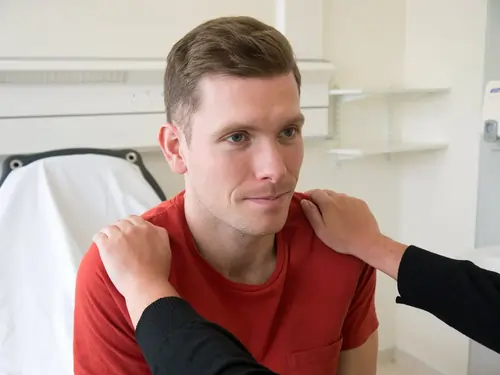
sternocleidomastoid muscle:. The sternocleidomastoid muscle is tested by asking the patient to turn their head to the left or right against resistance. Weakness in head-turning suggests injury to the contralateral spinal accessory nerve: a weak leftward turn is indicative of a weak right sternocleidomastoid muscle (and thus right spinal accessory nerve injury), while a weak rightward turn is indicative of a weak left sternocleidomastoid muscle
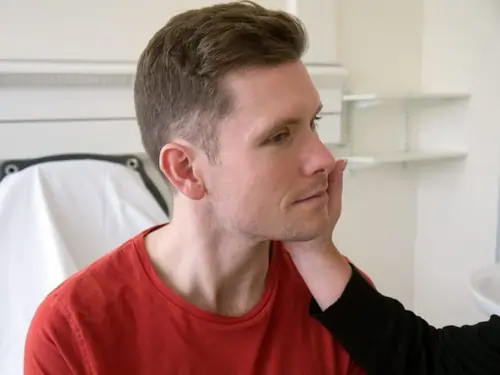
Damage to Nerve:
Injury to the spinal accessory nerve commonly occurs during neck surgery, including neck dissection and lymph node excision. It can also occur as a result of blunt or penetrating trauma, and in some cases spontaneously. Damage at any point along the nerve’s course will affect the function of the nerve.
Injury to the accessory nerve can result in:
–neck to shoulder pain
-weakness of the trapezius muscle
-shoulder girdle depression
-atrophy
-abnormal movement
-protruding scapula
-weakened abduction

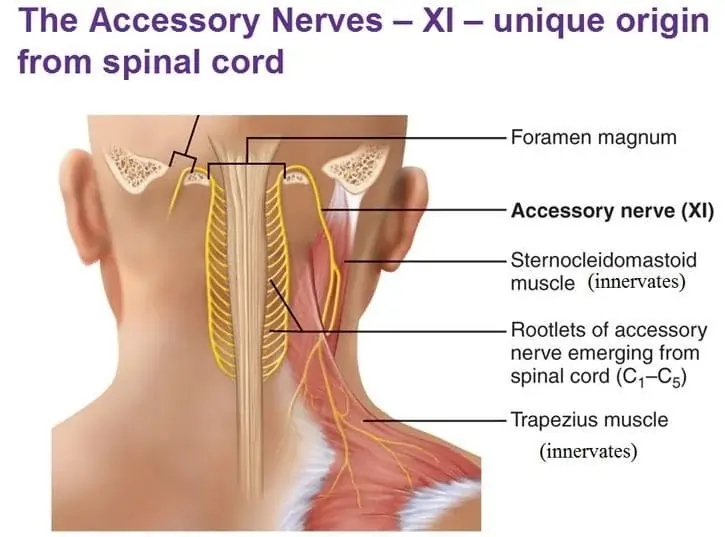
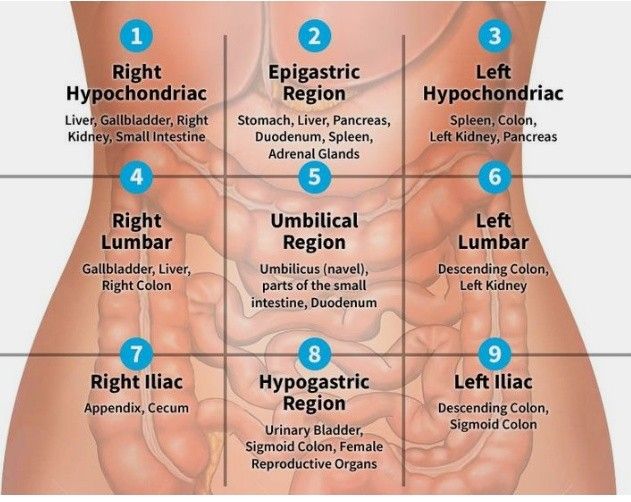
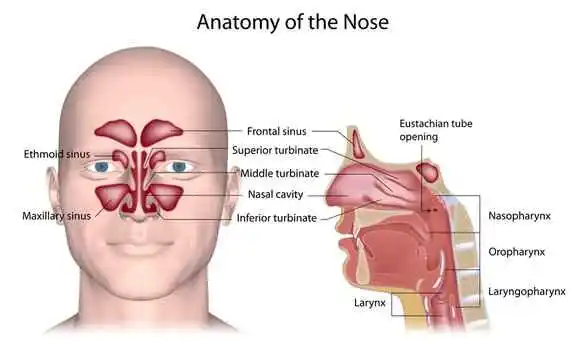
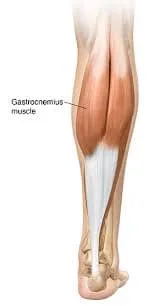
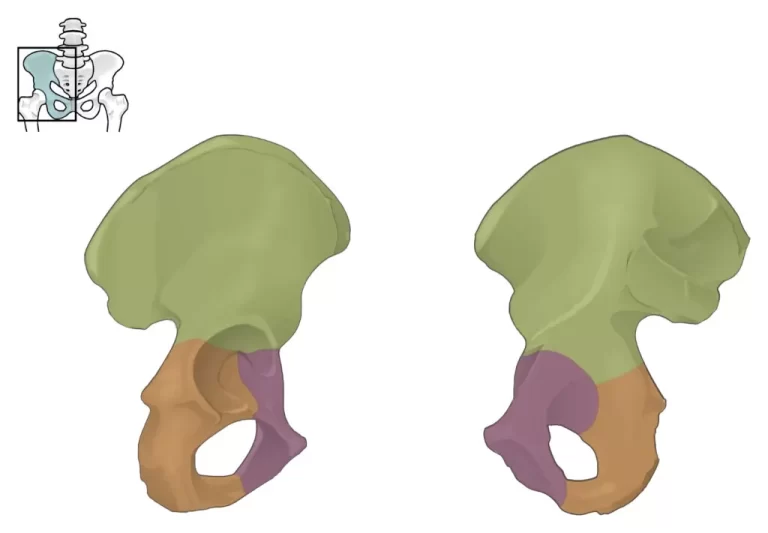
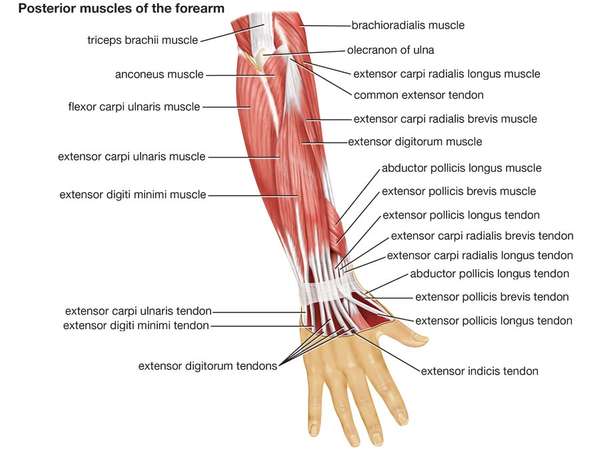
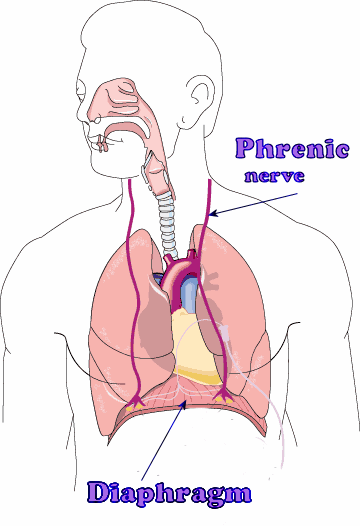
2 Comments